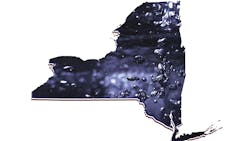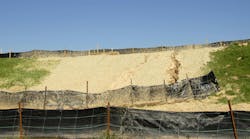New York announces more than $7.3 million for Climate Smart Communities projects
New York governor Kathy Hochul announced on July 23, 2024, more than $7.3 million in funding to municipalities across the state as part of New York State’s Climate Smart Communities grant program.
The projects help New York advance the emission-reduction targets under the Climate Leadership and Community Protection Act and support local projects to reduce flood risk, increase resilience and improve critical infrastructure.
One of the largest recipients of funding is the City of New Rochelle which will receive $1,130,000 to upgrade existing stormwater infrastructure in the neighborhoods of Ashland Street, East Place, Crestview Street and Chatworth Place.
Various roads within the neighborhoods are sloped at approximately 10%, with little existing infrastructure to capture and convey surface runoff downstream during heavy rainfall.
The goal of this project is to reduce or eliminate the frequency and scale of surface flooding and property damage during large storm events by installing additional inlets and piping, upsizing existing piping, and providing means for retention or detention.
Another large recipient of funding is the City of Plattsburgh which was awarded $1,566,159 to construct a multiuse path along Brinkerhoff and Court Streets between Oak Street and Beekman Street.
The project will widen the sidewalks to create a three-lane path, one lane for walking and two lanes for bicycle use, separated by bollards. The project would encourage residents and SUNY Plattsburgh students to walk or bike, thus reducing dependency on cars, reducing greenhouse gas emissions and traffic congestion, and providing for healthier lifestyles.
The Village of Pelham Manor will receive $550,000 to right-size the stormwater drain line in Monroe Street, up to Hunter Avenue, from a 30-inch diameter pipe to a 48-inch diameter pipe to facilitate emergency response, protect the community’s infrastructure and reduce risks to residents.


